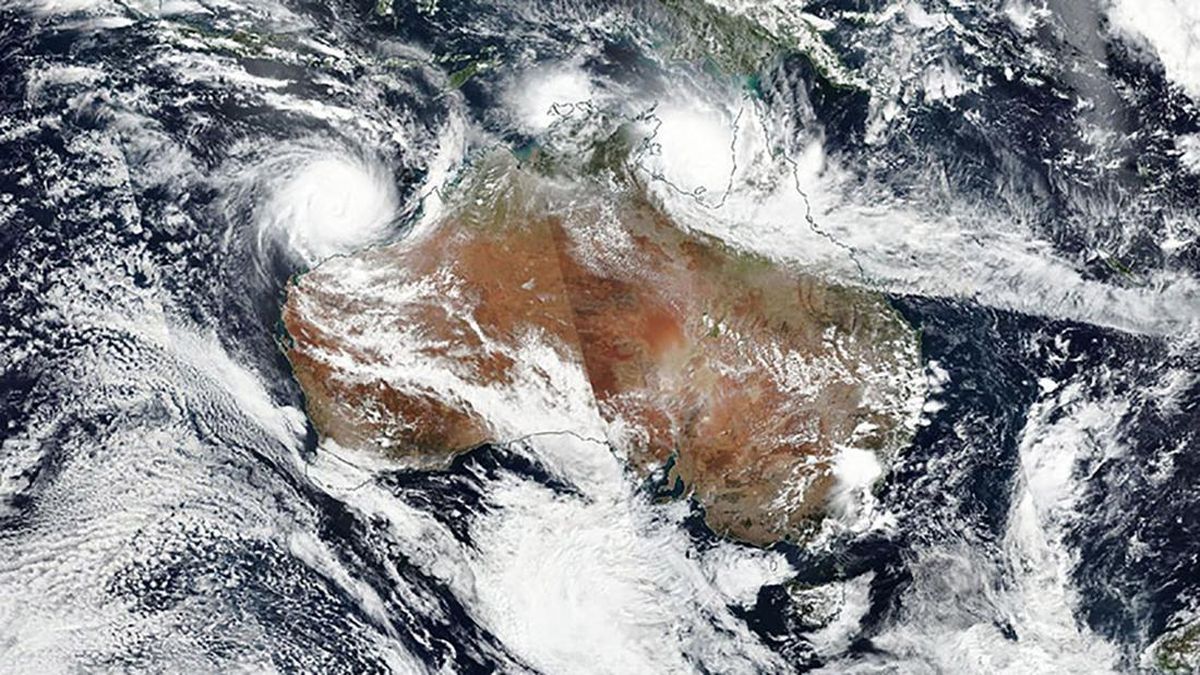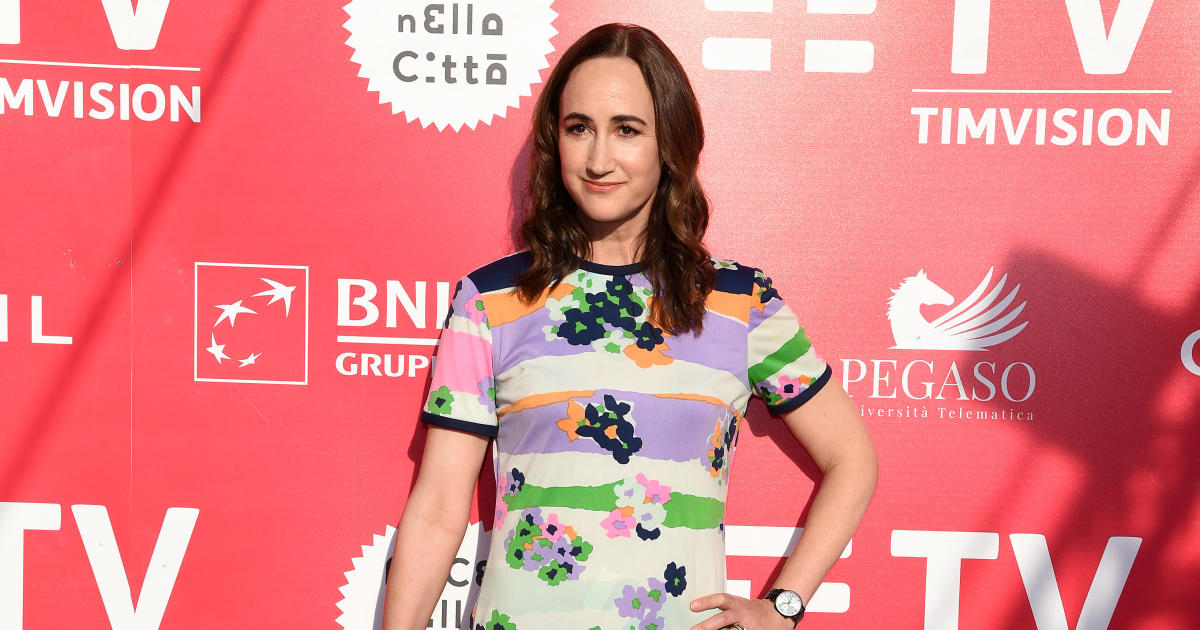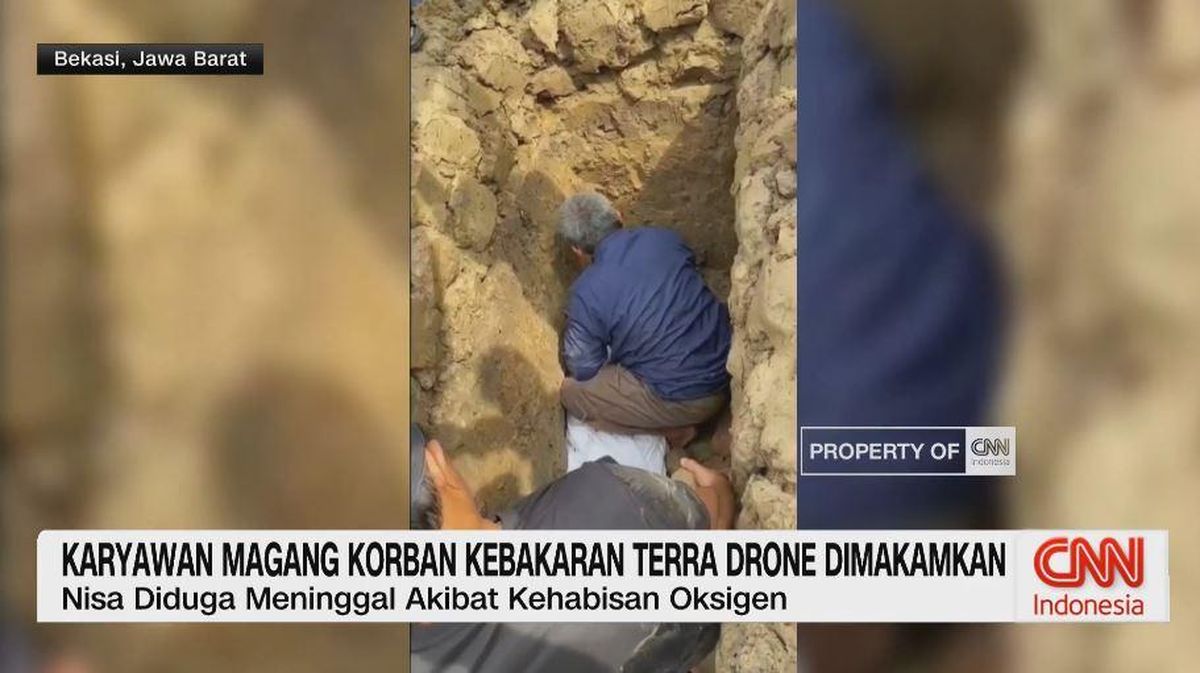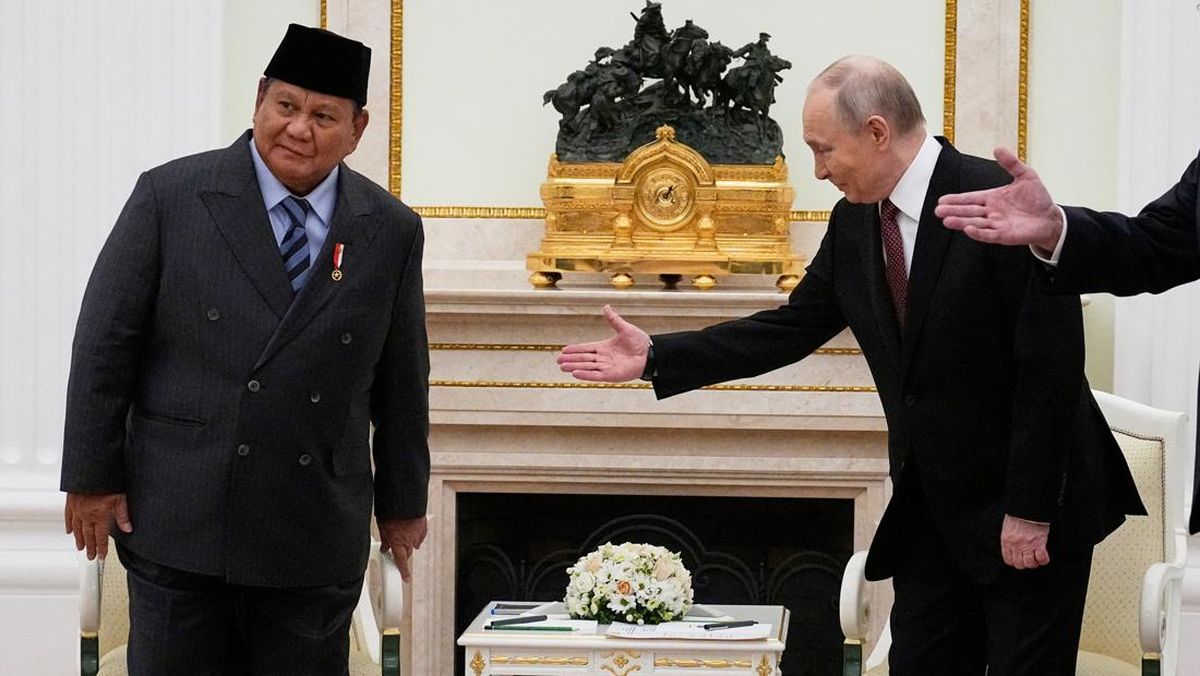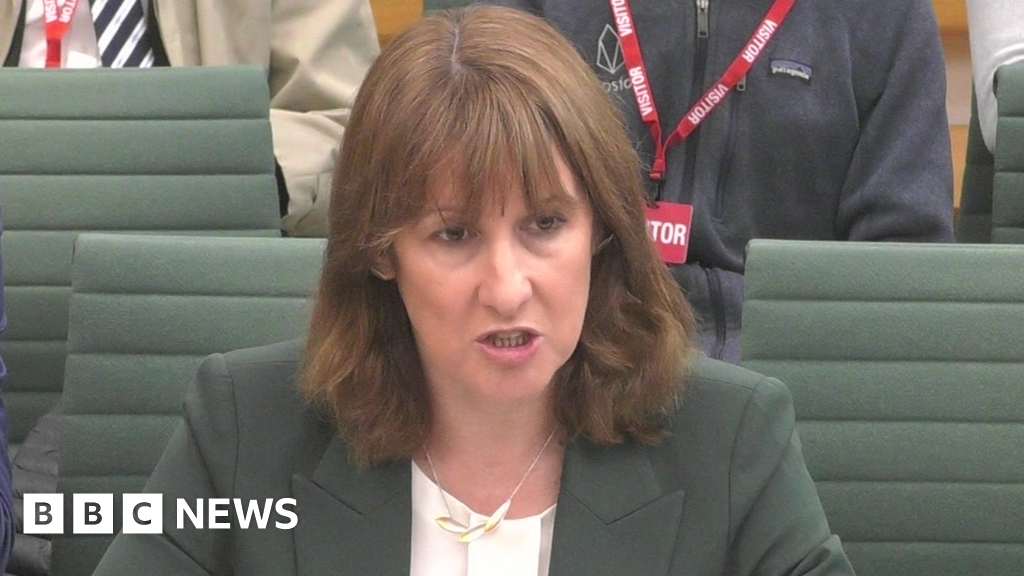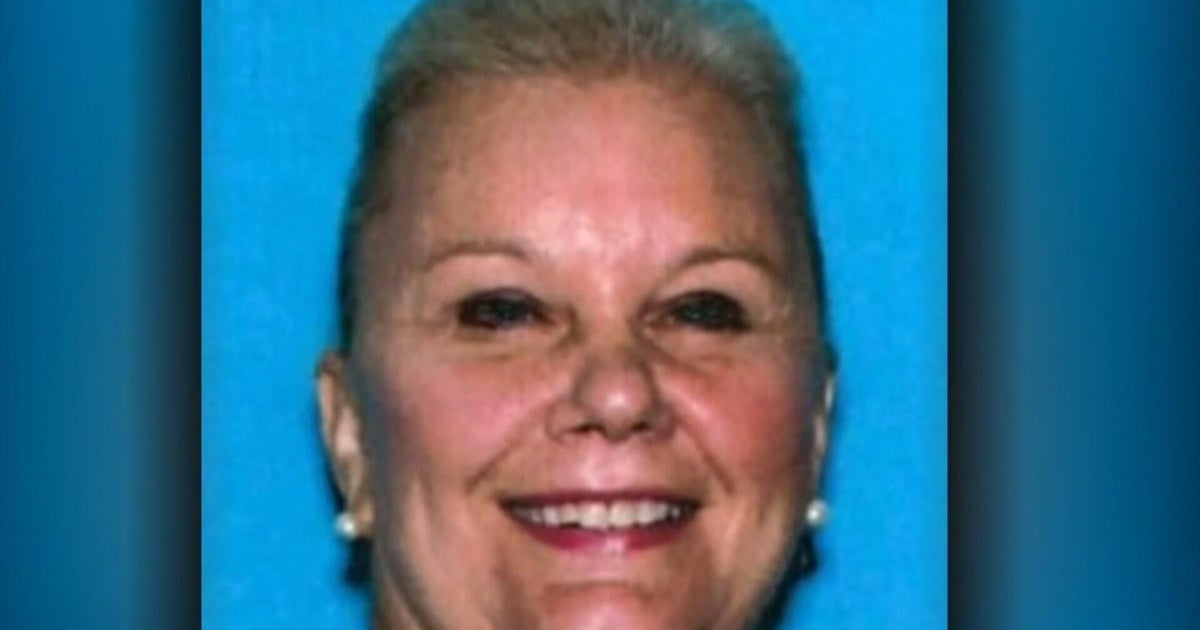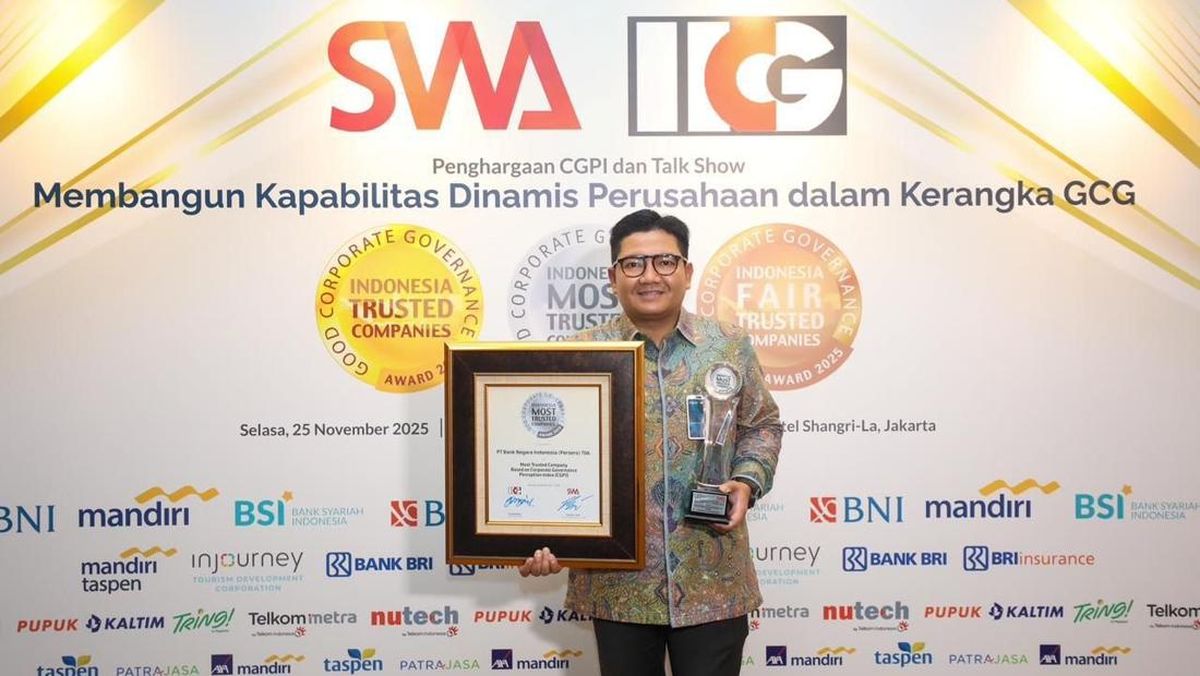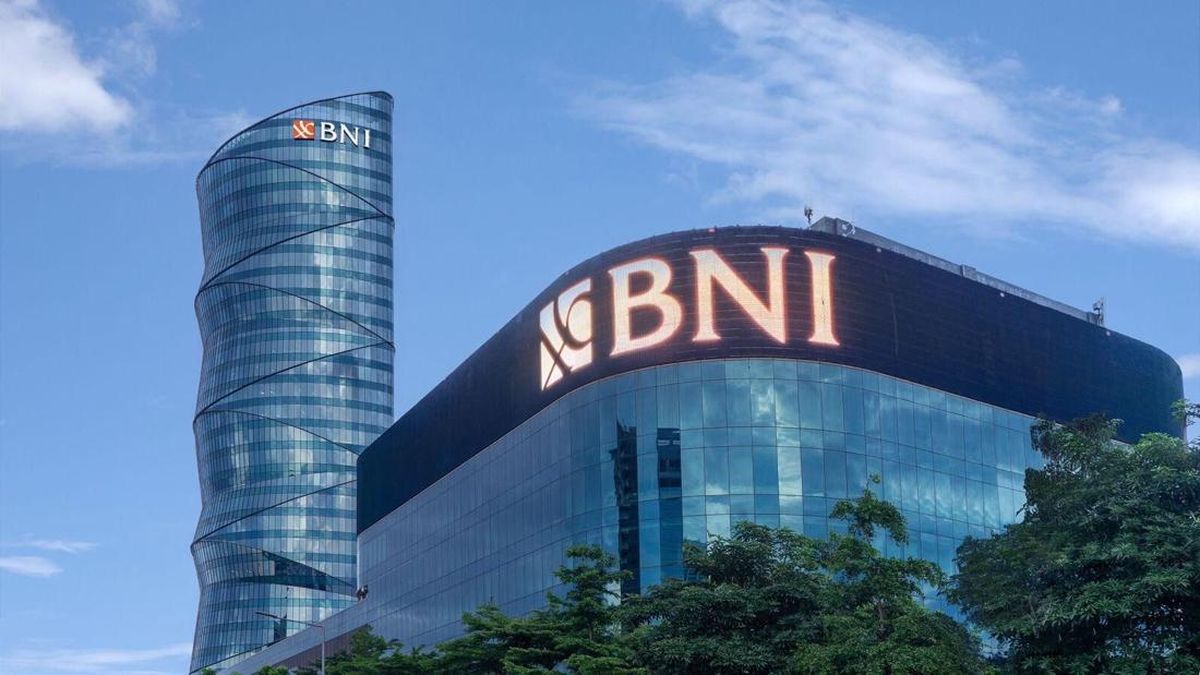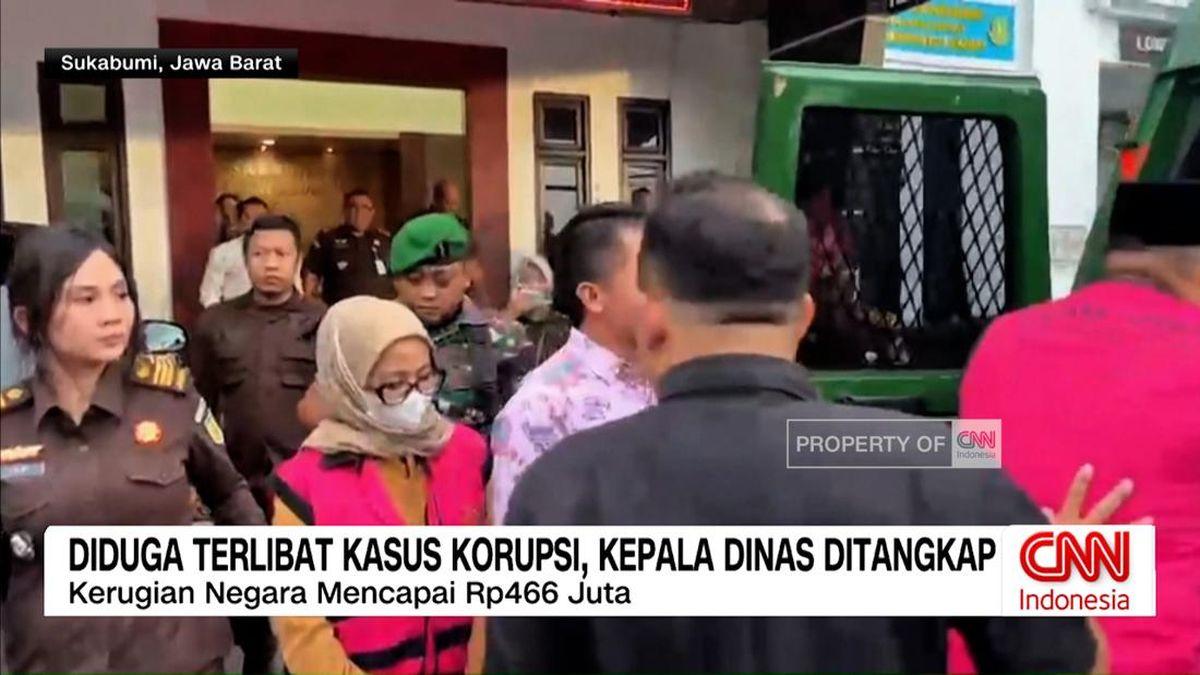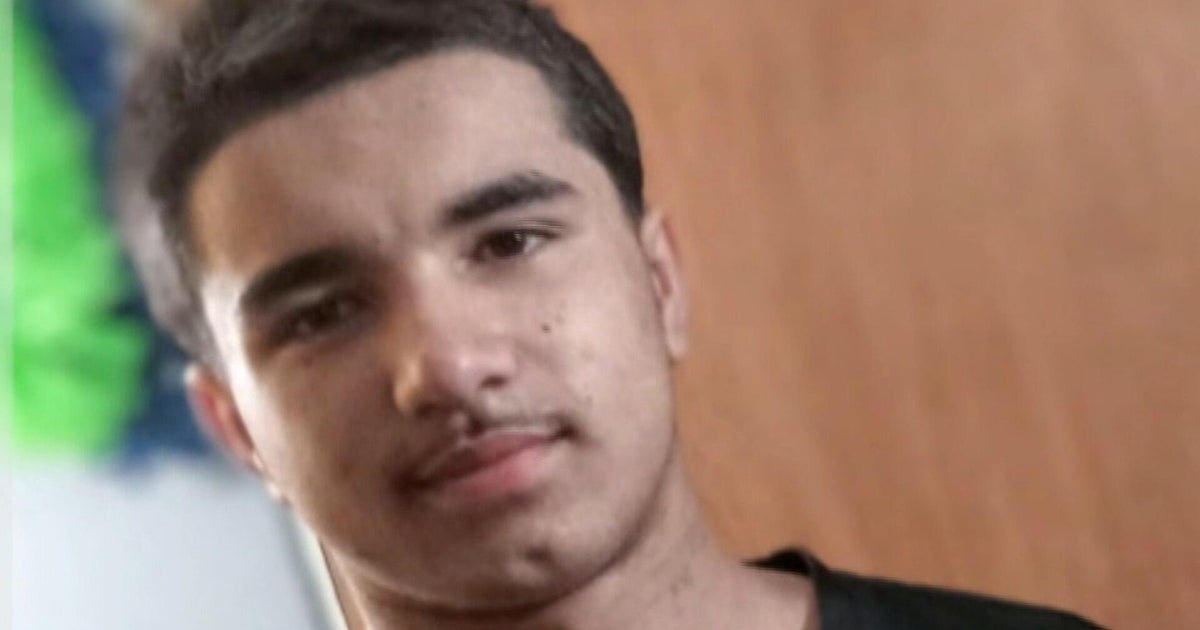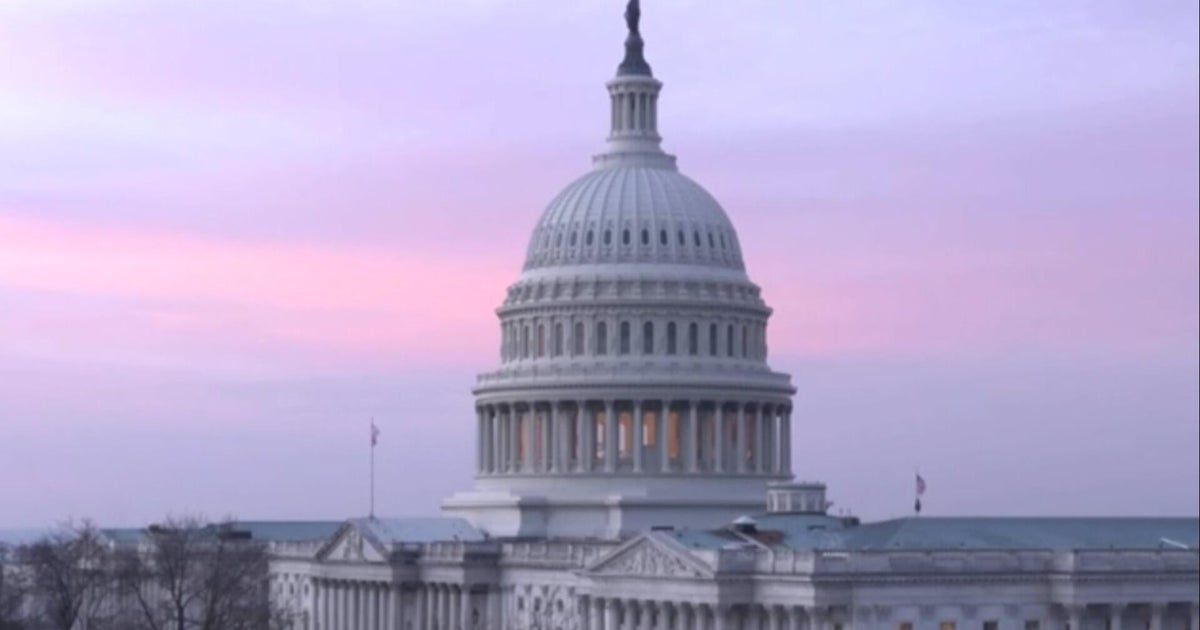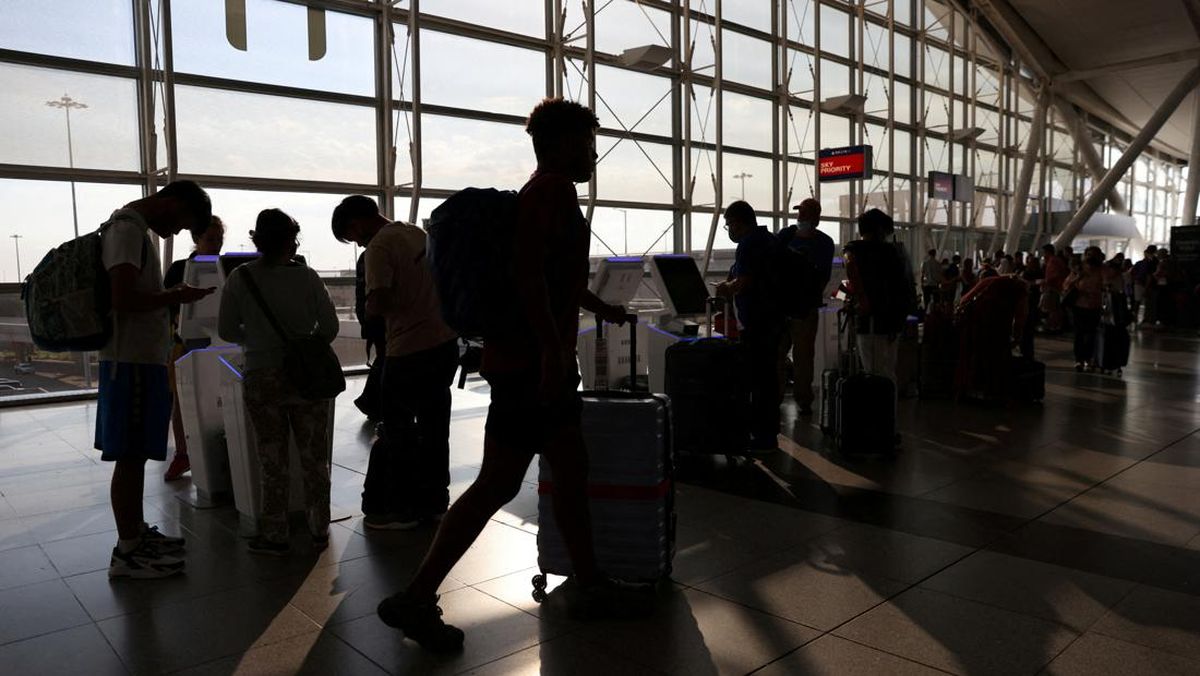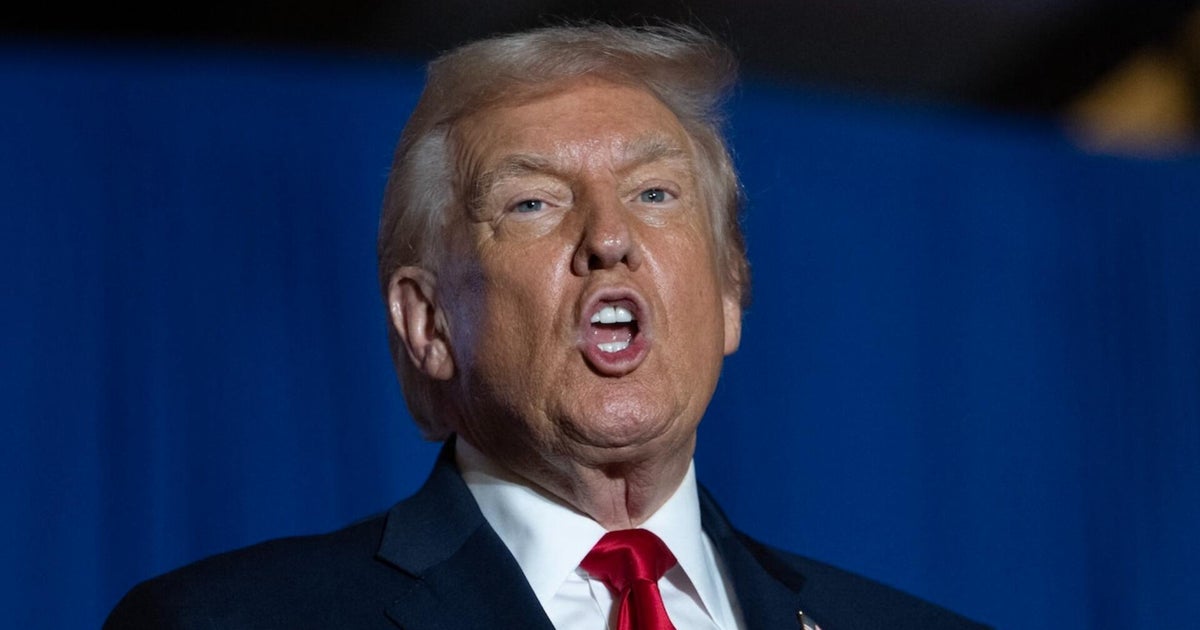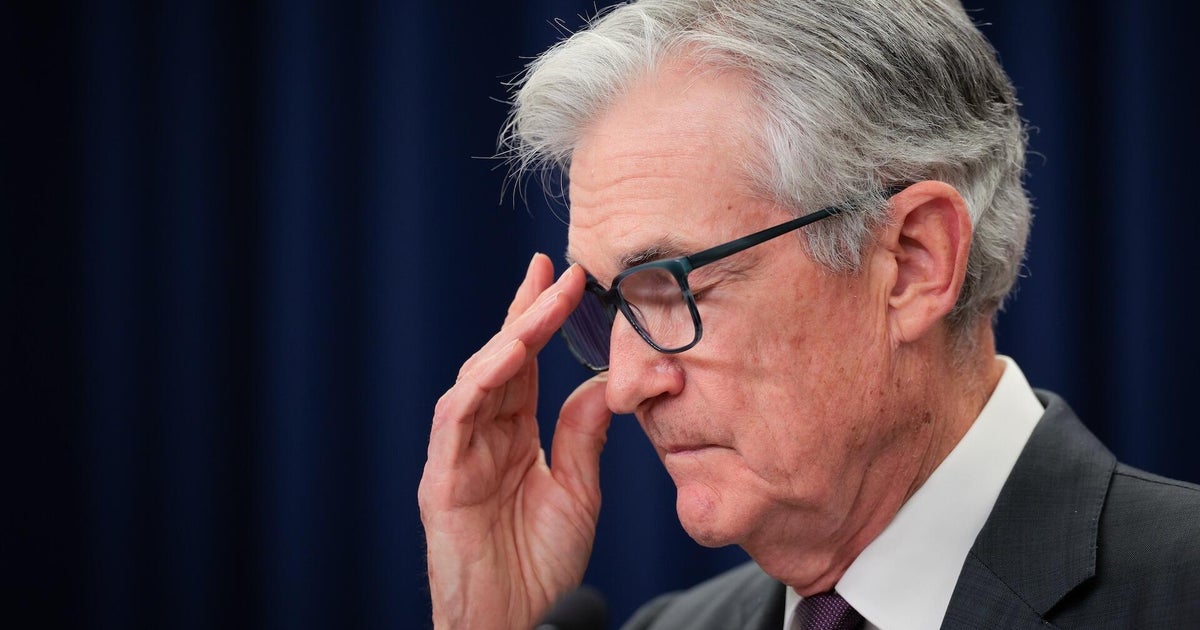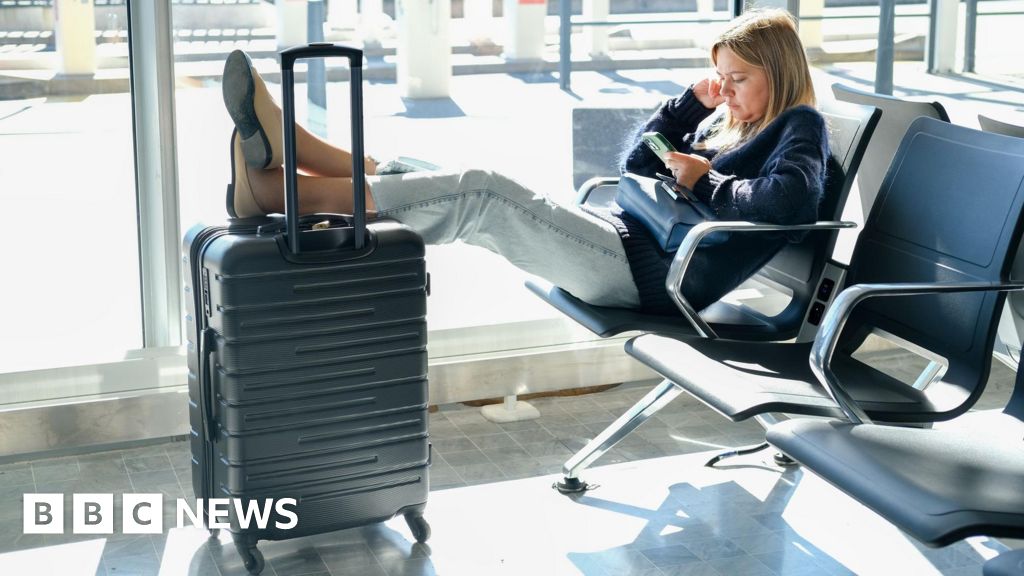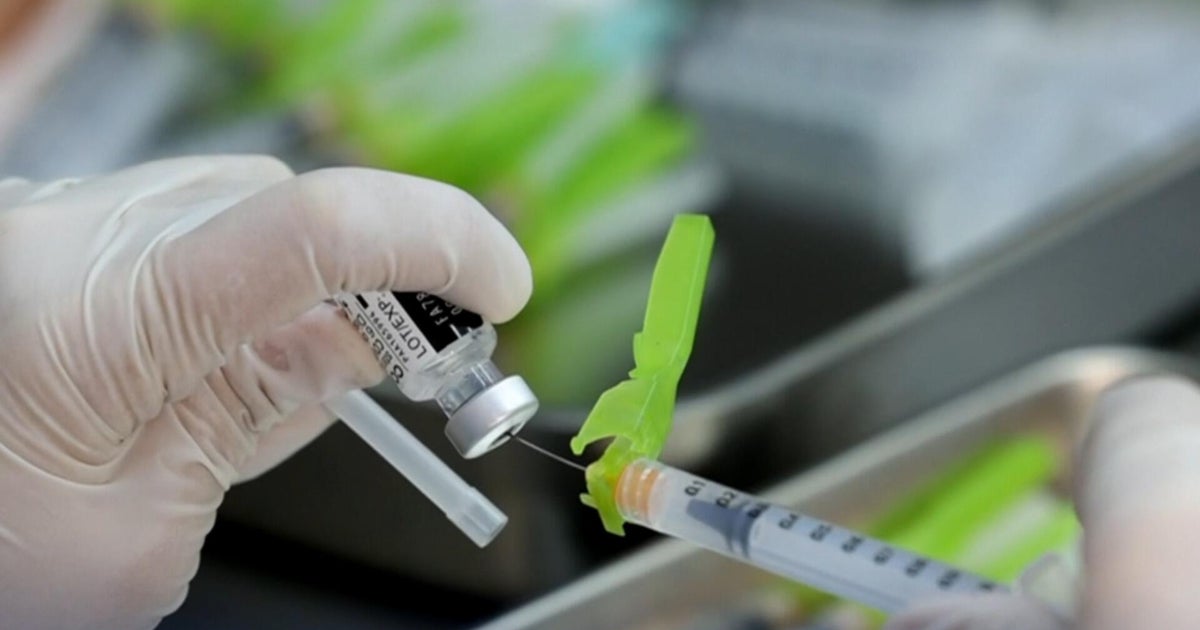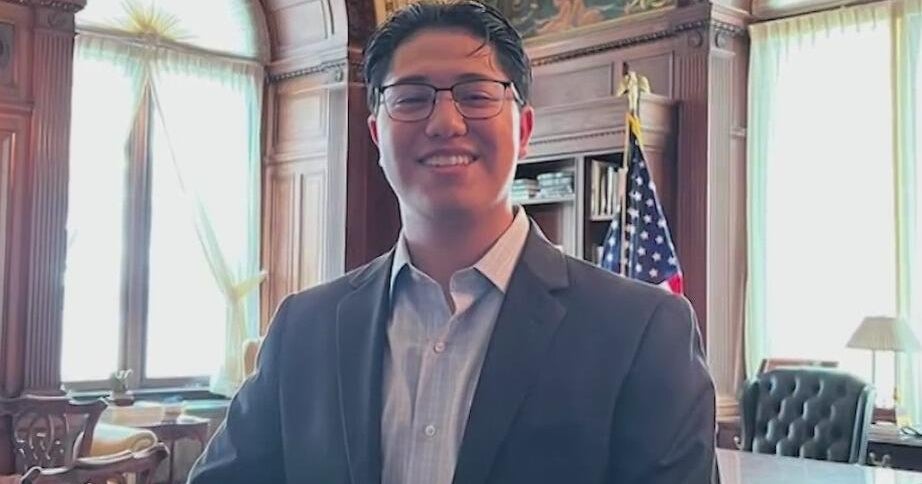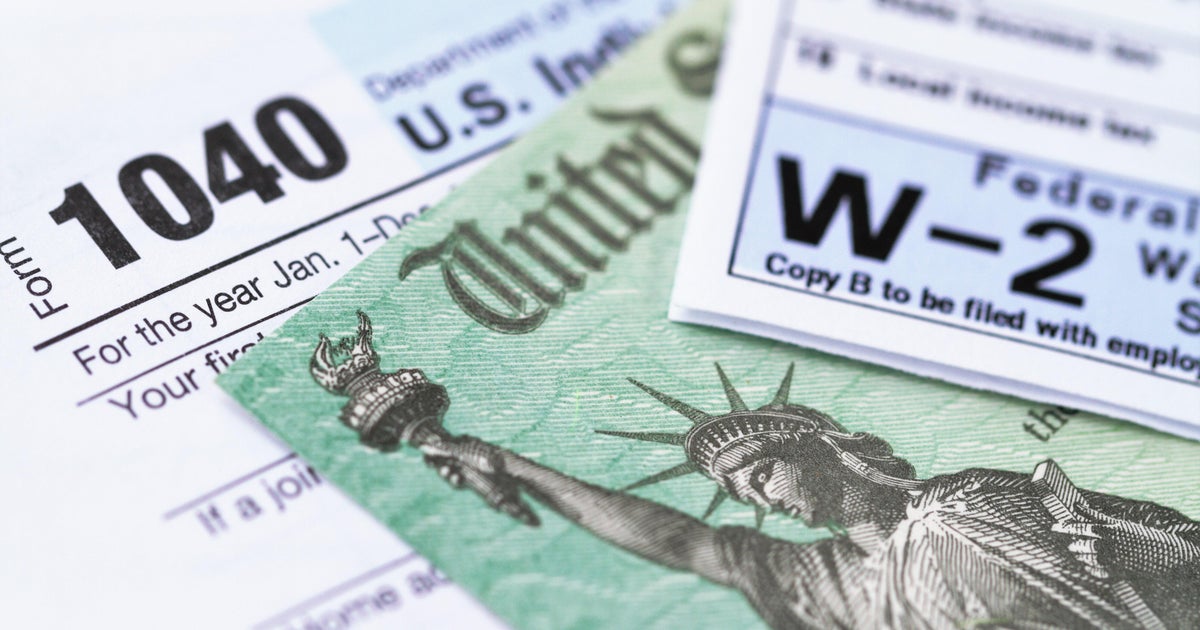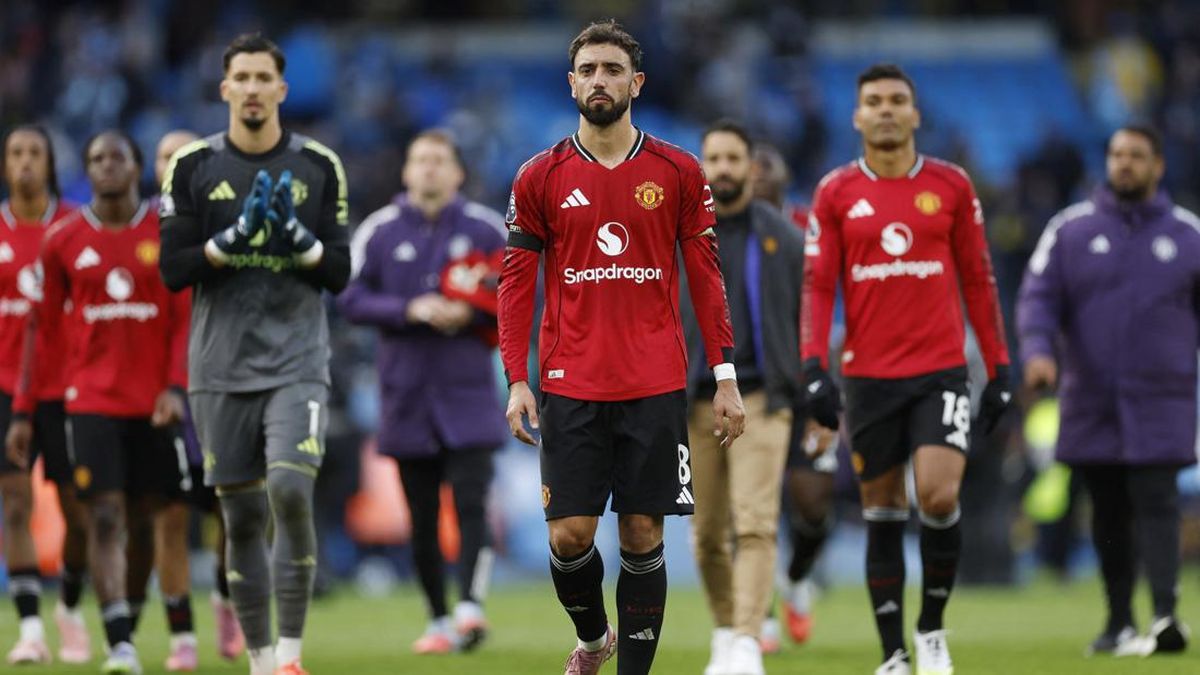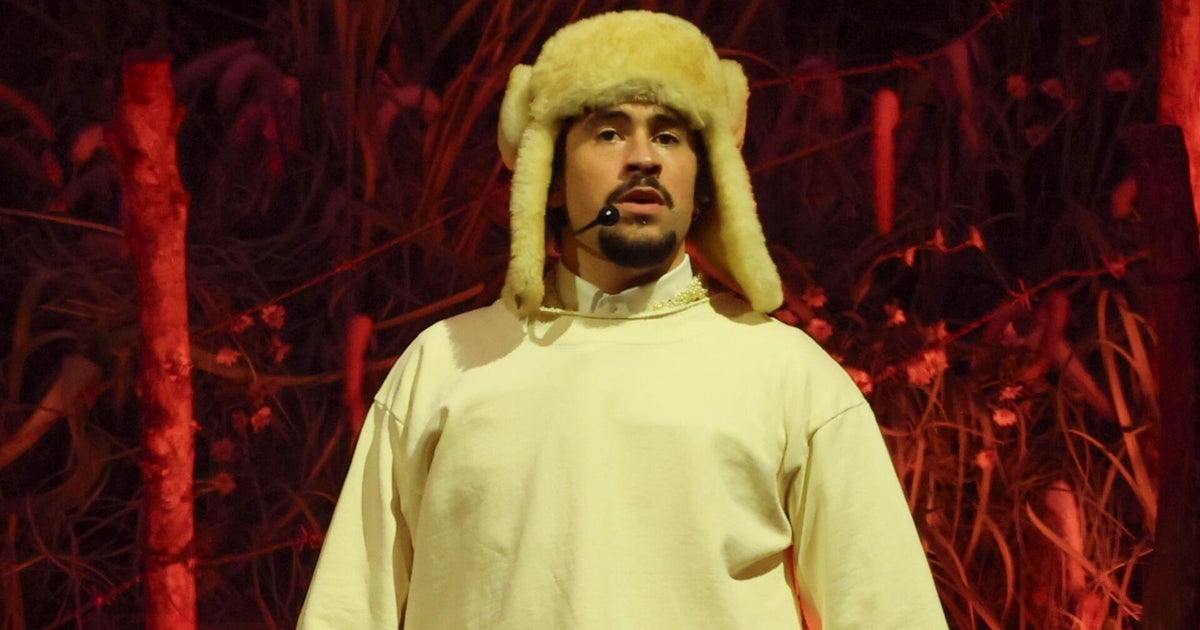In 1859, Melburnians looking for an exciting night out could go to a pub to watch “ratting”.
Live rats were released to be killed by a dog as crowds watched and bets were laid in the backyard of the Butchers Arms Hotel in Elizabeth Street.

Historian Robyn Annear outside Flinders Street Station where 150 years ago, there was a fish market and a coffee stall.Credit: Eddie Jim
“Tippoo, the Victorian champion, could dispatch a hundred rats in 12 minutes,” according to a new book about life in Melbourne’s CBD from the 1850s to 1870s.
The Butchers Arms is long gone and, thankfully, so is ratting – or we would hope so.
But the yarn lives on in the book, Shutter City: Fragments of a Forgotten Melbourne, by historian Robyn Annear, which reveals how the CBD looked before many of today’s familiar landmarks were built.
At times, it resembles images of America’s wild west. Horses and carriages park in the centre of wide dirt roads. There are no trams. Dusty pubs and shops line the streets, instead of skyscrapers.

Bourke Street in 1860, looking towards Swanston Street, where the mall is today.
The book includes close-ups of vivid old photos that shed new light on the growing city. Today, possums are a protected species but in 1876 in Bourke Street, there was a possum skin rug store.
A shop that stood where Myer is now was a draper that hung crinoline petticoats in the window.
In an 1874 photo, there’s a hulking fish market on the corner of Flinders and Swanston streets, the site of Flinders Street Station.
In one familiar sight, there is a coffee stall out front, but Annear points out oyster shells on the ground and says the stall probably also sold oysters, a popular street food.

Coffee and oysters were sold outside the fish market where Flinders Street Station now stands.Credit: Charles Bayliss
An extraordinary photo taken in 1860, looking north-west from the corner of Flinders and Spencer streets, near today’s Southern Cross Station, shows colonist John Batman’s 1835 house standing atop Batman’s Hill.
Garments flutter from a clothes line.
Annear says the hill was Melbourne’s “beauty spot” but it was soon flattened to make way for railway yards. Today, the Grand Hotel stands there.
The streetscape of an 1860 photo taken by John H. Jones, from the north side of today’s Bourke Street mall looking east towards Swanston Street, is unrecognisable.

A stereoscope photo of Batman’s Hill, from around the corner of Spencer and Flinders streets, shows John Batman’s house at far left.Credit: John H. Jones
It includes a saddlery, an American bowling saloon, and the Royal Mail Hotel, built in 1848, which was demolished in 1960.
“I don’t think there is anything there now that was there then,” Annear says.
The book was inspired by slides about early Melbourne that Annear had showed to community groups. She noticed amazing details that warranted further investigation.
There are few women in the photos – possibly, says Annear, because public toilets at the time were only for men.

An advertisement for ratting at the Butchers Arms Hotel published in Bell’s Life on November 17, 1859.Credit: Trove -National Library of Australia
She says women knew that if they went to town, there was nowhere to “go”.
“Some historians refer to this fact as ‘the loo leash’,” Annear says.
Loading
“The fact that there were no public toilets for women tended, some say, to keep them closer to home, to do their shopping locally, because then they could go home to have a wee.”
The Morning Edition newsletter is our guide to the day’s most important and interesting stories, analysis and insights. Sign up here.
Most Viewed in National
Loading

